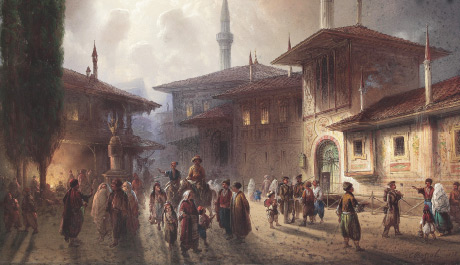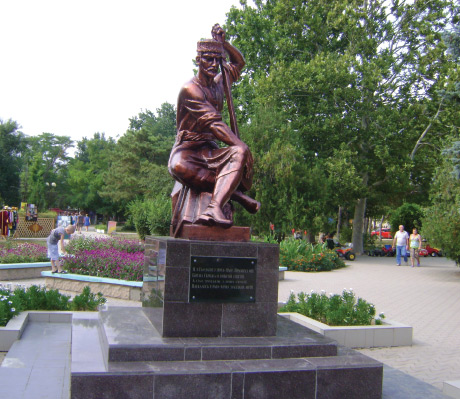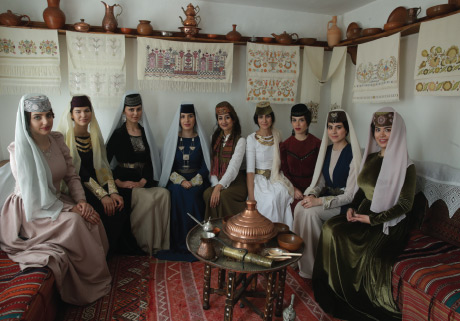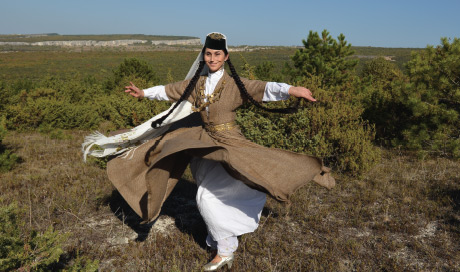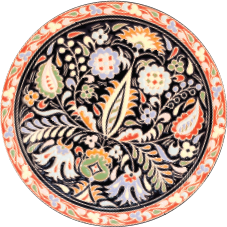- Krimmitatarlased – Krimmi põlisrahvas
- Krimmitatarlaste päritolu ja rahvaks kujunemise lugu
- Krimmitatarlaste kultuuripärand
- Põlisrahvas sunnitud pagendusse. Krimmi esimene okupatsioon 1783. aastal
- Krimmitatari rahvuskultuuri uuestisünd
- Krimmitatarlaste 1944. aasta küüditamine ja sunnitud emigreerumine
- Vägivallatu vastupanu ja naasmine Krimmi
- Krimmi okupeerimine 2014. aastal
- Krimm: elu okupatsioonis




